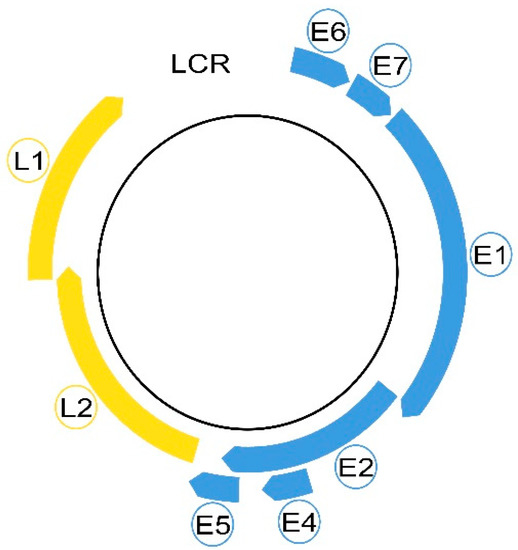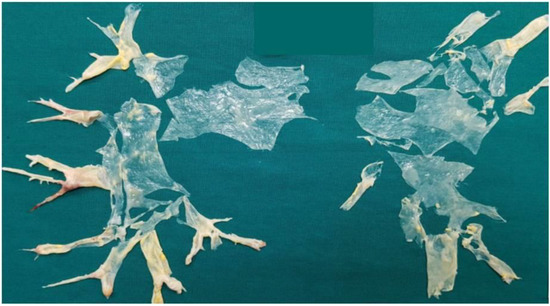Medicina 2022, 58(8), 1108; https://doi.org/10.3390/medicina58081108 - 16 Aug 2022
Cited by 2 | Viewed by 2606
Abstract
Background and Objectives: The HH (hand hygiene) technique is relatively simple. Even so, in practice there are still non-conformities regarding this aspect. Lack of knowledge or lack of compliance can be reasons for non-adherence with HH techniques. In this context, the purpose
[...] Read more.
Background and Objectives: The HH (hand hygiene) technique is relatively simple. Even so, in practice there are still non-conformities regarding this aspect. Lack of knowledge or lack of compliance can be reasons for non-adherence with HH techniques. In this context, the purpose of this study was to follow the realization of the hand-washing technique with hydroalcoholic solution, applied before and after receiving the HH recommendations. Materials and Methods: A descriptive, cross-sectional study was conducted from May 2022 to June 2022. Students from a second year dental medicine class teaching in French 2021/22 “Grigore T. Popa” University of Medicine and Pharmacy in Iasi were included in the study. The approval of the ethics commission was received: No. 184/05.05.2022. The study was conducted in two stages. In the first stage, HH was performed without any recommendation. In the second stage, the antiseptic hand rubbing technique was presented following the WHO recommendations. The fluorescent Fluo-Add solution, Wood lamp for dermatology (4 × 5.5 W ultraviolet tubes with a wavelength of 360 nm), and photo camera were used. Subjects performed their HH movement before and after receiving instructions according to WHO. Images were initially taken from the backhand and palm and were finally analyzed with Image Color Summarizer. The data were analyzed by the Mann–Whitney U Test, t-test paired samples using IBM-SPSS version 26 (IBM, Armonk, NY, USA), and p ≤ 0.05 was considered statistically significant. Results: After analyzing the images, there were 70 subjects, 45.7% (32) female and 54.33% (38) male. Final average covered area of backhand was 60.89% (±17.17), 28.84:86.11, compared to 52.07% (±17.04), 9:85.23. Final average covered area for palm was 69.91% (±13.5), 31.61:93.41 compared to 59.74% (±16.64), 26.13:92.72. No statistical significance was obtained by gender. Conclusions: The study showed an improvement in hand hygiene technique without highlighting gender differences.
Full article
(This article belongs to the Section Dentistry and Oral Health)
►
Show Figures










